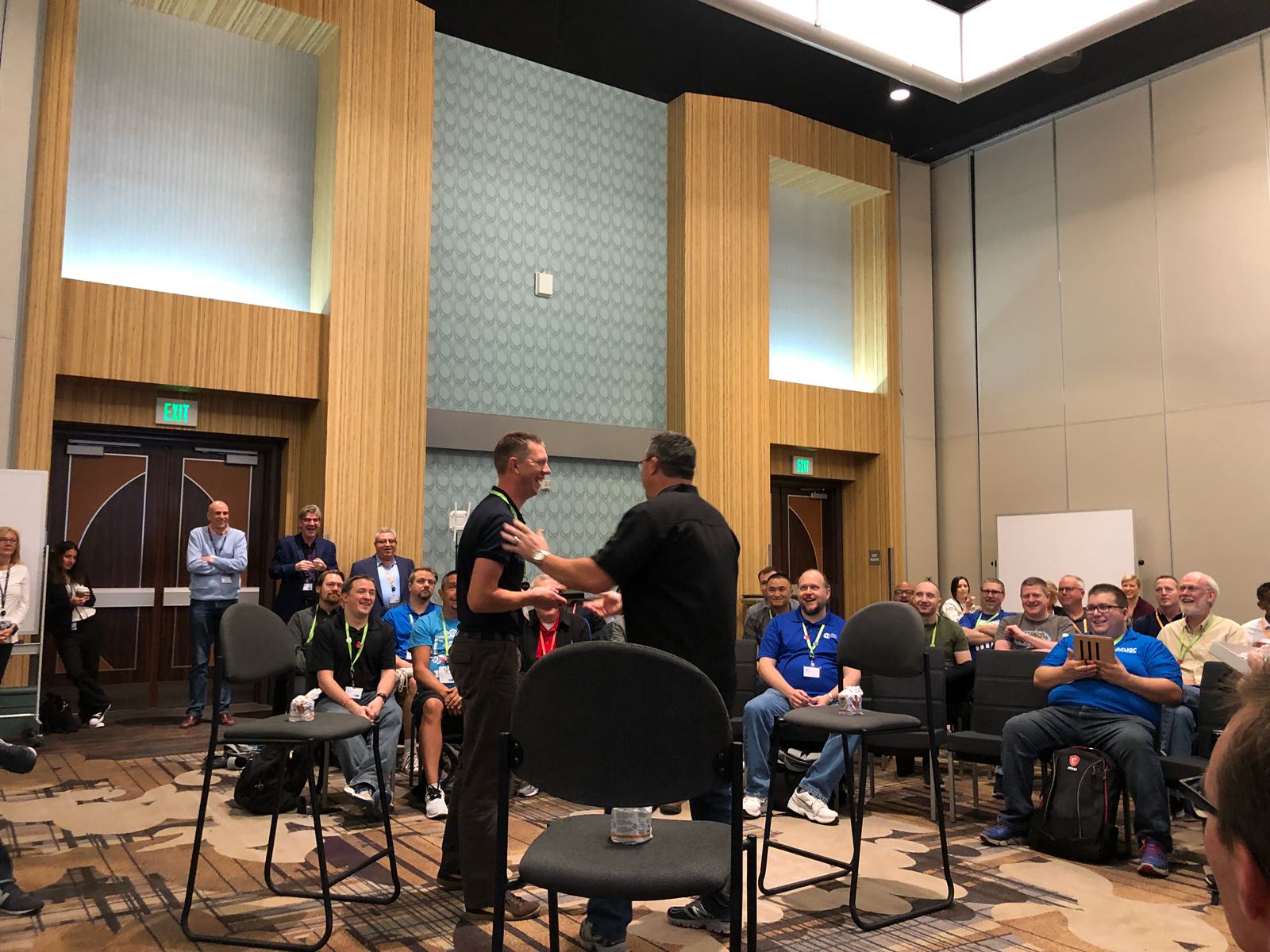Unattended installation Citrix Provisioning Services 6.1 Part 1
- Details
Unattended installation of Front-End products like Citrix XenApp 6.5 or Windows 7 is really commodity nowadays. Unattended installations of back-end components are done less, which is actually logically. Such components are not installed in large amounts and are only executed once (per version). However more and more back-end components can be installed silently, mainly for the large enterprises. For such environments where the amounts of servers are higher, the efforts to set-up an unattended installation are worth doing those actions in comparison with manually install those servers. Citrix Provisioning Services (PVS) offers unattended installation and configuration and at one of my project we needed to install more than 10 Provisioning Services servers. This is definitely a use case to use the unattended possibilities of Citrix Provisioning Services. In this article I will explain how you can install Citrix Provisioning Services unattended including my experiences with it so far.
Read more: Unattended installation Citrix Provisioning Services 6.1 Part 1
Bring Your Own Device: Hype or Reality
- Details
For the last years BYOD is a hot and trending topic, many many articles are writing about it. Actually if you search for my chosen title many article can be found, in which the answer to the question about BYOD will be there for a long(er) time.
As this is a 100% opinion article I will start with writing down the pros and cons of BYOD trough my eyes. Followed I will write down (again through my eyes) reasons why BYOD can be sees as a hype or a reality. Finally I will write down my vision of BYOD.
Customer Case: Everything on Top Discussions Part 3
- Details
In the first part article I explained the current infrastructure and the requirements the organization had for the new environment, while I started describing the project using the biggest discussion points in the second article. In this third article I will continue describing the project using the discussion points Global Load Balancer and Server Installation/Configuration.
Read more: Customer Case: Everything on Top Discussions Part 3
RDS Deployment Possibilities
- Details
One of the remarks the RDS Team got out was the difficulties IT departments had was the installation of the RDS components. It was unclear which components were needed/required and where they should be installed. Because Microsoft is aiming with RDS is created on the low complexity environments, it will become more important to provide clear guidance of the installation steps. The RDS team reacted on this remark by adding a complete new feature within the installation part for creating RDS Deployment Scenarios. In this article I will describe those scenarios and how they can be implemented.
Customer Case: Everything on Top Discussions Part 2
- Details
In the first part article I explained the current infrastructure and the requirements the organization had for the new environment. Instead of telling a you a perfect story and successful the project was I will describe where we went through by describing our biggest discussion points and the effect on the project.
Read more: Customer Case: Everything on Top Discussions Part 2
Using RES Workspace Manager to secure your environment
- Details
Although User Environment Management (UEM) becomes more and more important in almost every company it is getting easier to convince the IT people and management of purchasing the UEM. However there are still people who just see such a product as a logon script replacement, which can also be done using scripting or Group Policy Preferences. I’m not writing this article to discuss or argue about that statement as you can do actually a lot of the same configuration with scripts or Group Policy Preferences for the basic set-up like printer assignment, network mappings and so on. However UEM products offer much more other functionalities like Profile Management, E-mail management, Trouble Shooting tools, Performance Management and additional Security Management. This last one can be a real important added value for lot of companies, but is often not taken into account by the decision to use/purchase a UEM product. In this article I will focus on the security part showing/describing the features available in RES Workspace Manager 2012 (most of those features are also available in other UEM products as well) and provide you with use cases where those features were implemented and created an added value for that company.
Read more: Using RES Workspace Manager to secure your environment
FairShare of Resources in RD Session Host
- Details
One of the new features within Remote Desktop Services in Windows Server 2012 is Fair Share of Resources. Actually Fair Share was already introduced in Windows Server 2008R2 but the feature is extended in Windows Server 2012. In this article I will describe how Fair Share of Resources is functioning, what can be configured and how it works in practice.

